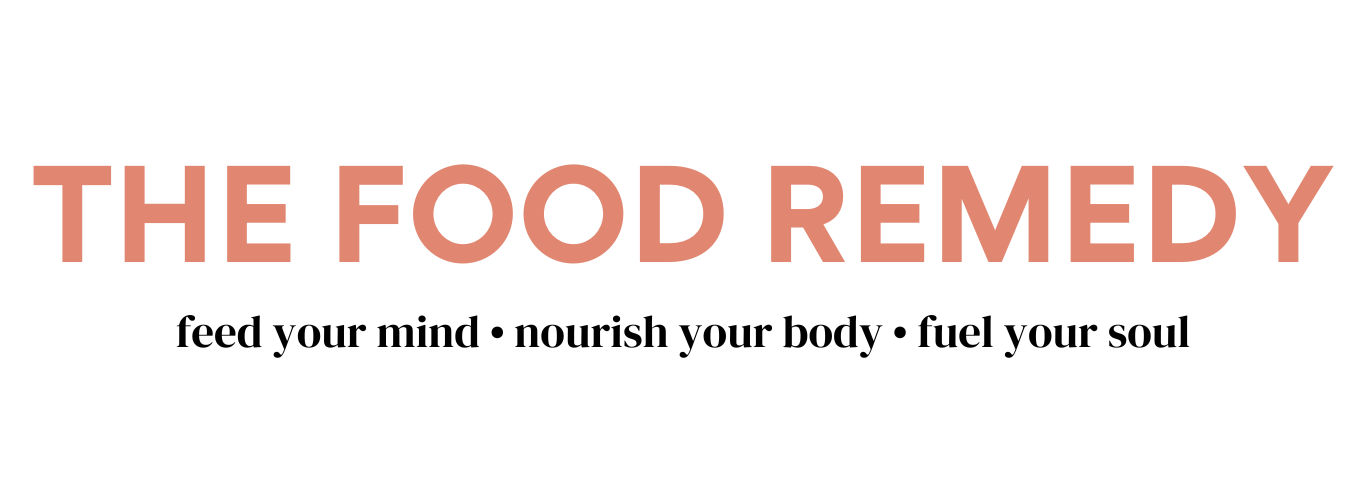How important is it to eat different coloured vegetables and fruits?
There is a good reason why it is recommended to eat a rainbow of different coloured fruits and vegetables each day. Each different coloured vegetable provides a range of phytochemical (plant nutrients)
Red fruits and vegetables are coloured by natural plant pigments called "lycopene" or "anthocyanins." Lycopene in tomatoes, watermelon and pink grapefruit, for example, may help reduce risk of several types of cancer, especially prostate cancer. Lycopene is found in tomatoes.
Anthocyanins in strawberries, raspberries, red grapes and other fruits and vegetables act as powerful antioxidants that protect cells from damage. Antioxidants are linked with keeping our hearts healthy, too.
Orange/yellow fruits and vegetables are usually coloured by natural plant pigments called "carotenoids." Beta-carotene in sweet potatoes, pumpkins and carrots is converted to vitamin A, which helps maintain healthy mucous membranes and healthy eyes.
Green fruits and vegetables are coloured by natural plant pigment called "chlorophyll." Spinach, green peppers, peas, cucumber and celery also contain lutein. Lutein may help protect the eyes from developing age-related macular degeneration and cataracts
Blue/purple fruits and vegetables are coloured by natural plant pigments called "anthocyanins." Anthocyanins in blueberries, grapes and raisins act as powerful antioxidants that protect cells from damage. They may help reduce risk of cancer, stroke and heart disease.
White fruits and vegetables are coloured by pigments called "anthoxanthins." They may contain health-promoting chemicals such as allicin, which may help lower cholesterol and blood pressure and may help reduce risk of stomach cancer and heart disease.
People who eat more generous amounts of fruits and vegetables as part of a healthy diet are likely to have reduced risk of chronic diseases, including strokes, type 2 diabetes, some types of cancer, and perhaps heart disease and high blood pressure.

